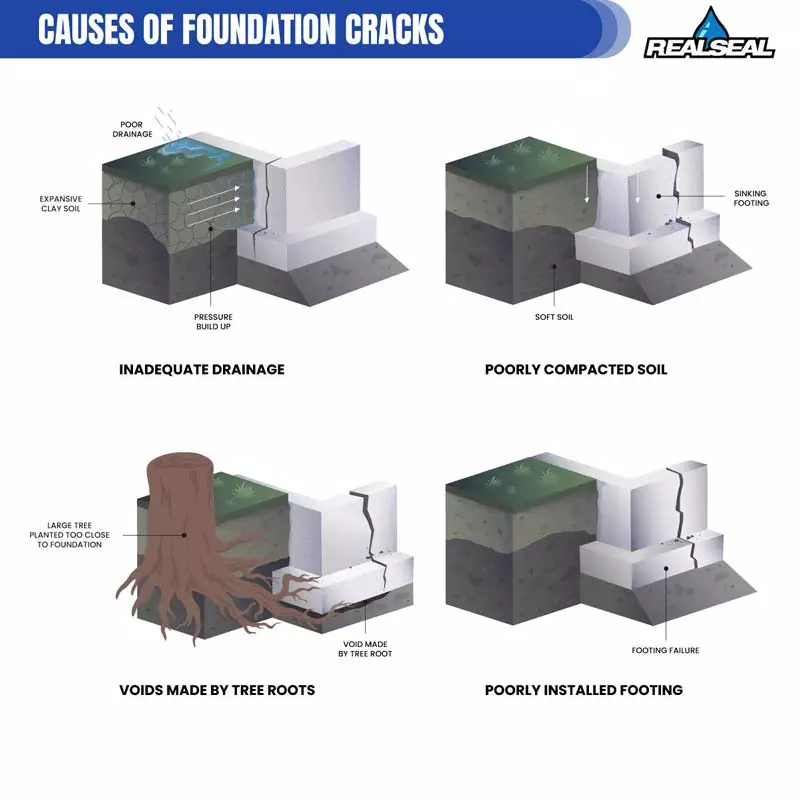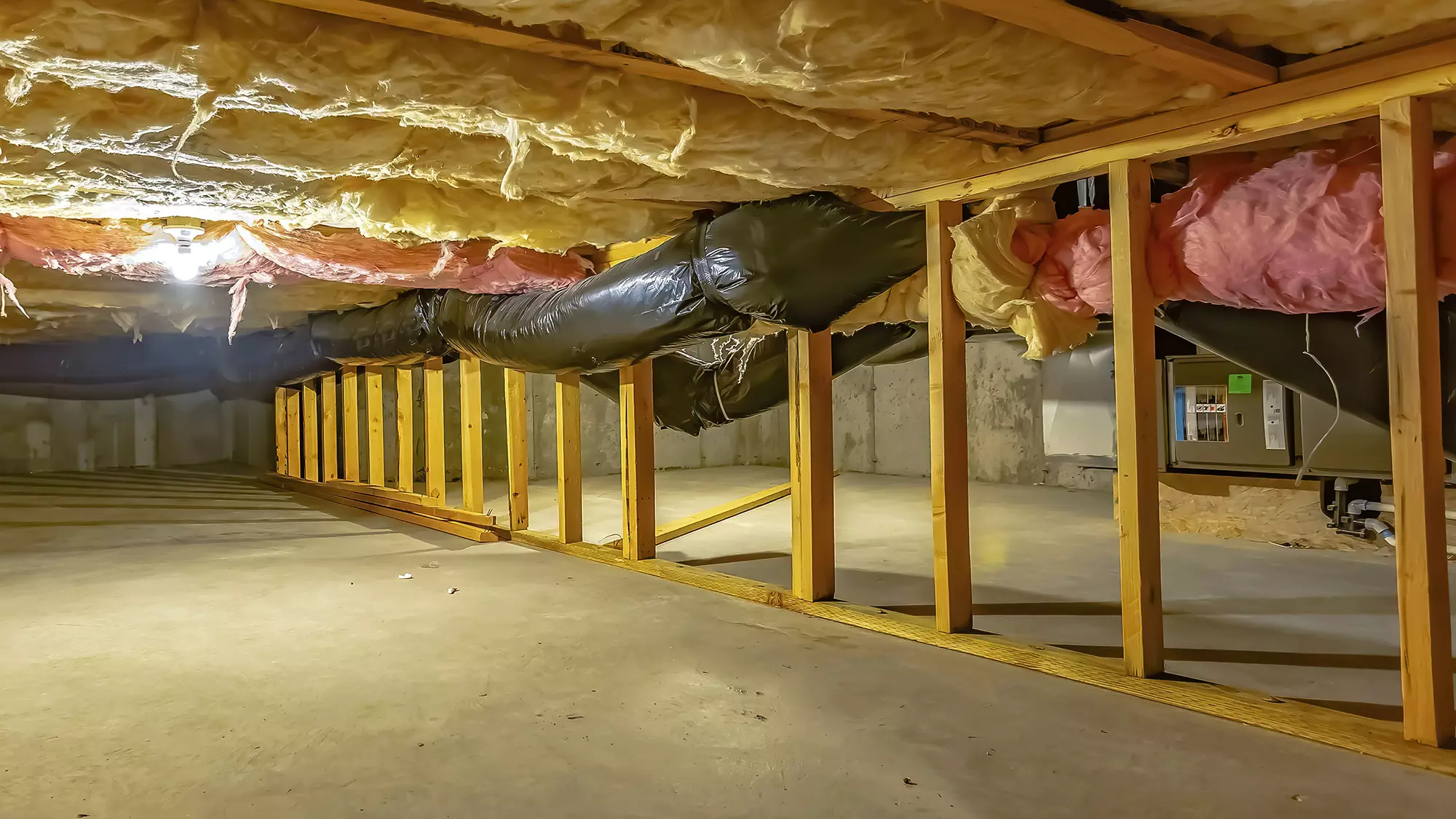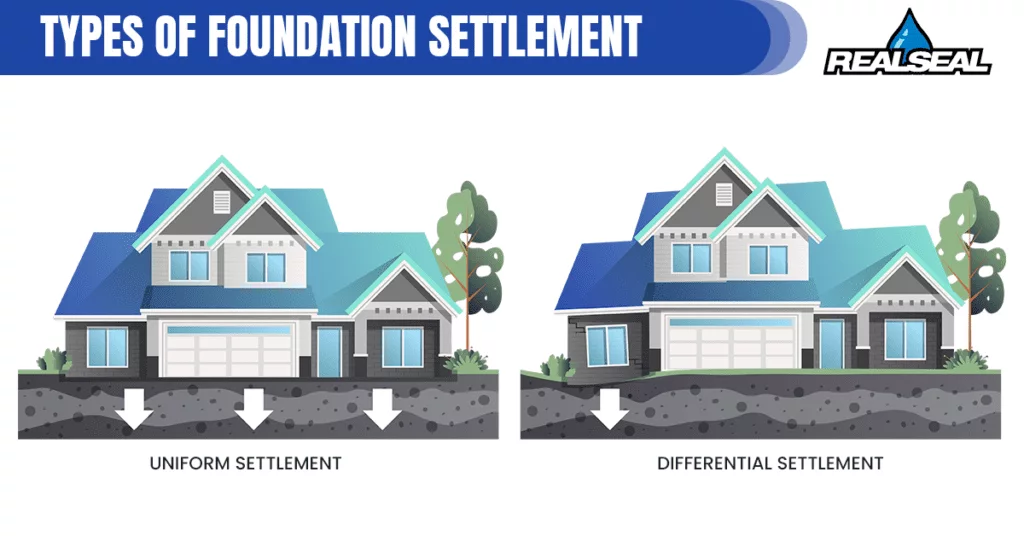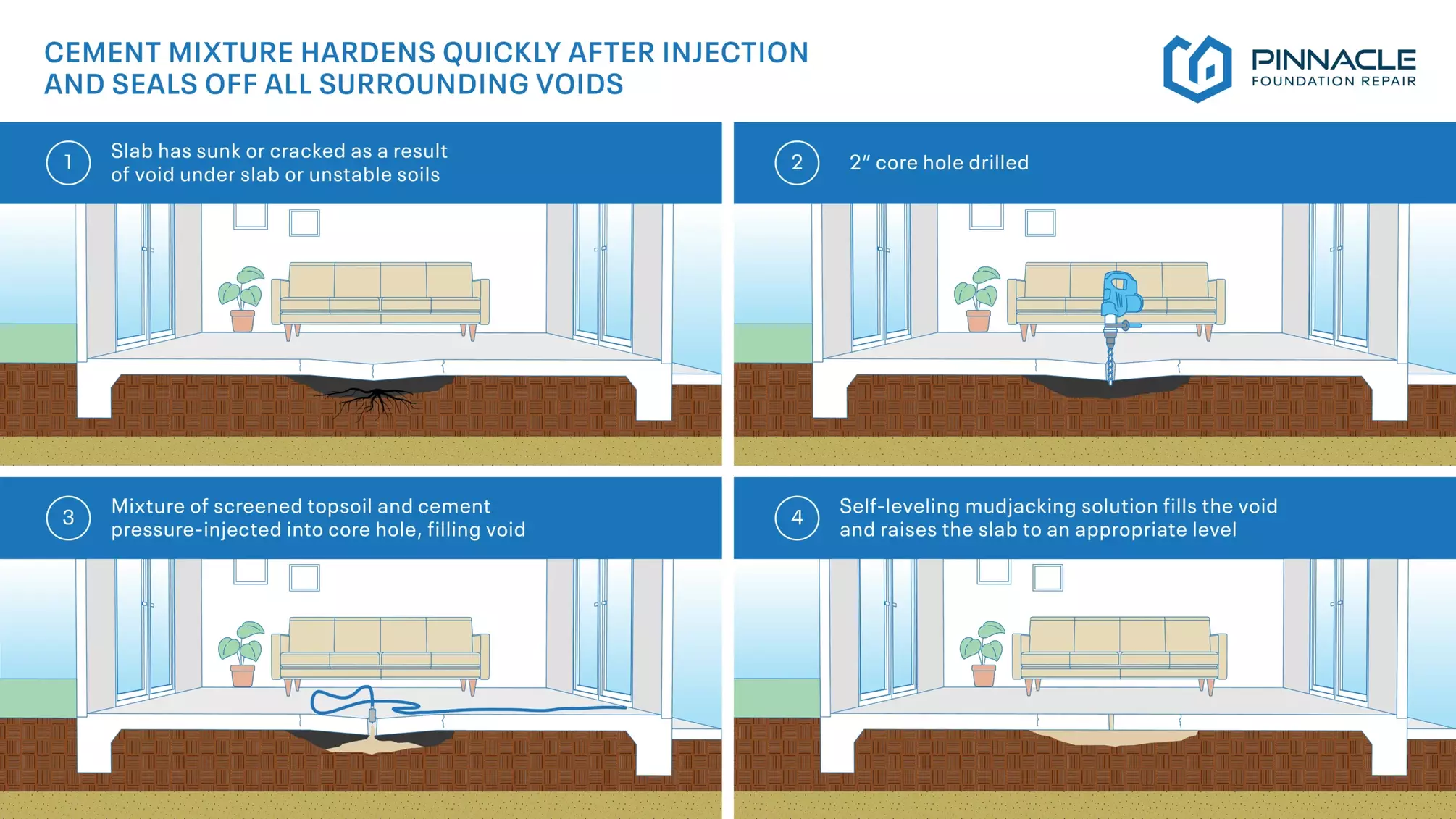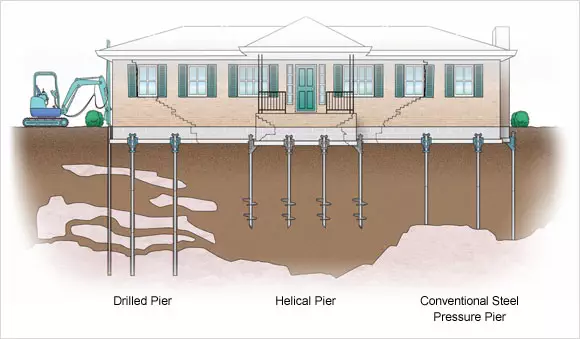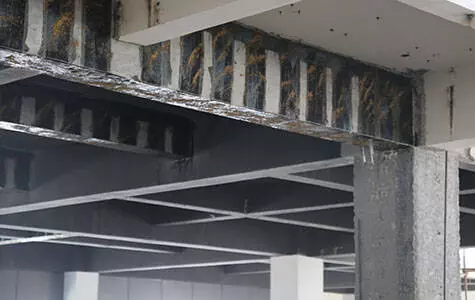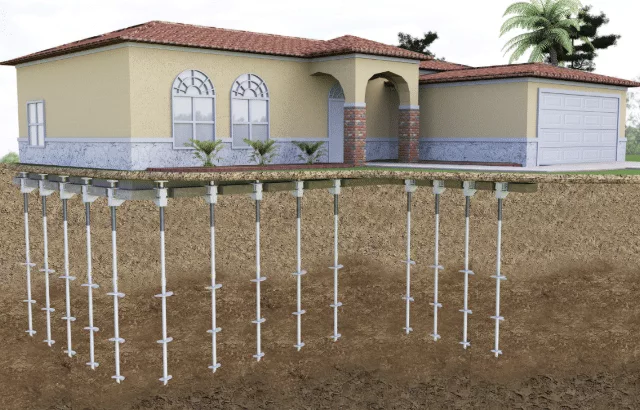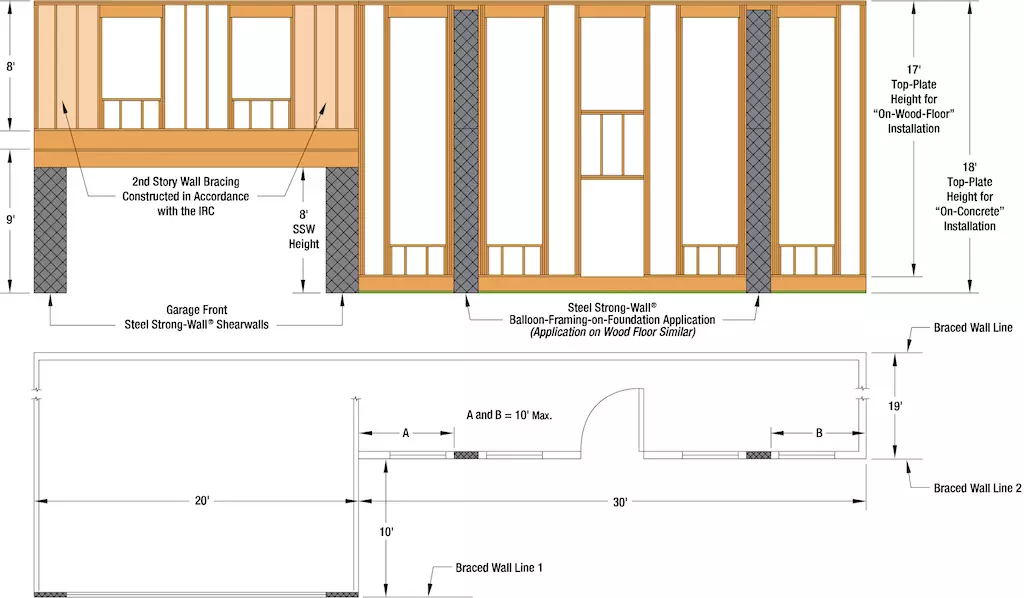
The Best Wall Bracing Tips for Your Home in 2025
Have you ever wondered if your home could withstand a fierce storm or unexpected tremor? Wall bracing is a key player in ensuring your house stays strong and upright against such challenges. Whether you’re planning a new build or looking to enhance your current home, understanding how to reinforce your walls is crucial. It’s not just about peace of mind; it’s about protecting everything and everyone you hold dear.
You want every corner of your home to feel secure. From lateral strength to structural support, mastering these concepts can make all the difference. Think about the stability a solid foundation provides, or how a well-built wall handles the force of strong winds. Bracing methods that incorporate timber or steel can significantly enhance your home’s resilience. Navigating regional building codes might feel daunting, but it’s worth ensuring everything aligns for maximum safety.
Ready to dive into practical tips for bolstering your home’s defenses? Let’s explore how you can strengthen your walls effectively. Keep reading to uncover insights that could transform your home’s durability in 2025 and beyond.
Within the post
Understanding Wall Bracing
Importance of wall bracing
One of the most crucial aspects of constructing buildings is ensuring they have proper wall bracing. It helps maintain the structural support and stability of a home, preventing serious problems like collapse. Wall bracing is important in making sure the building remains upright and steady against different forces.
Without it, walls might not withstand the forces of nature. You’ll find that wall bracing helps to distribute loads evenly. This means it can safeguard your structure from moving or tilting unexpectedly.
Types of materials
When it comes to materials, you have a few solid options. Timber bracing is popular because it’s accessible and fairly easy to work with. It’s great if you are looking for something that’s tried and tested over time. However, if you want something with more strength, consider steel bracing. Steel is strong and lasts longer, though it might cost more. Both options can be useful based on what you need in your building project.
Think about how the material you choose will stand up to elements like moisture or pests. Timber can be a good choice, but it’s important to treat it for durability. On the other hand, steel can be more resistant to such issues.
Benefits of lateral strength
Wall bracing significantly boosts a building’s lateral strength. This lateral strength is what gives a building the ability to resist wind forces. Imagine a strong gust hitting your house; wall bracing will help it stand firm. Therefore, enhancing wind resistance is a key benefit, especially if your area frequently experiences severe weather.
Not only does lateral strength aid against wind, but it also improves overall building resilience. Your home becomes more robust, better equipped to handle various stresses over time.
Seismic reinforcement strategies
If you live in an earthquake-prone area, seismic reinforcement is vital. You’ll want to explore techniques specifically designed to deal with the shaking of the ground. It’s about making sure your home can handle the tremors. Using these strategies increases safety and boosts durability, offering peace of mind during an earthquake.
Seismic reinforcement strategies include adding extra support beams or flexible joints. These techniques help your building move with the quake rather than fighting against it.
Techniques for Effective Bracing
Construction bracing methods
During the building phases, implementing construction bracing methods is crucial. You should integrate these right from the start. This means using supports to keep walls steady while other parts of the building are coming together. It’s important to do this early to ensure everything aligns correctly as construction continues.
Foundation bracing essentials
Your home’s foundation is like a base that holds everything up. Strengthening the foundation against shifting ensures long-term stability. You should pay special attention to supporting load-bearing walls effectively. This involves choosing the right bracing to prevent walls from moving under pressure.
Incorporating strong foundation bracing protects your home from settling or cracking, which can happen over time.
Ensuring load-bearing capacity
It’s important to regularly assess the load-bearing capacity of your home’s walls. This ensures they can handle the weight and pressure put on them. Sometimes, additional support might be needed, especially if you plan to add more rooms or stories.
Planning for this extra support can prevent future issues. Reinforcing load-bearing walls early on saves you from costly repairs later.
Evaluating existing wall bracing
Over time, existing wall bracing can wear out. Inspecting regularly for signs of wear can help you spot issues early. Look for cracks or shifts in the walls. Identifying areas needing reinforcement becomes much easier with consistent evaluation.
You might notice some parts are weaker than others. These sections may require extra attention to bring them up to standard.
Wall bracing in renovations
When it comes to renovations, consider upgrading your wall bracing. This is especially important if your home is older. You’ll need to adapt to new building codes, ensuring compliance with modern standards. Renovations are a great time to upgrade materials and methods for safety and stability.
Staying up-to-date avoids potential penalties and improves your home’s overall resilience.
Choosing materials wisely
Choosing the right materials for your wall bracing is a strategic decision. For example, matching materials to weather conditions in your area can improve longevity and performance. Timber might work well in dry climates, while steel can be better in humid regions.
The right material makes a big difference in how well your walls handle environmental pressures.
Wall Bracing Maintenance
Regular inspections of wall bracing ensure your home stays safe. Keeping an eye out for potential issues helps address them before they worsen. Inspections are crucial for maintaining the integrity of your wall bracing.
Signs of deterioration
When it comes to spotting deterioration, be on the lookout for certain signs. Cracks or shifts in the walls are telltale signs something might be wrong. Identifying rust in steel bracing is also important, as this can weaken its strength.
For Timber bracing, evaluate the overall condition for any signs of decay or pest damage. Addressing these issues promptly keeps your home in good shape.
Repair and replacement tips
If you find any damaged sections, replace them promptly. Delaying repairs can lead to more significant problems down the line. Using durable materials for replacements ensures longevity, helping prevent future issues.
Repairing or replacing damaged parts doesn’t just maintain safety; it also improves your home’s structural longevity.
Planning for Future Needs
Adapting to climate change
Planning for future needs means thinking about changing weather patterns. You might need to plan for increased wind resistance if storms are becoming more frequent. Considering future weather patterns helps prepare your home for what’s to come.
Adapting your wall bracing strategies now makes sure your home remains protected in the future.
Innovative solutions
Exploring new technologies in wall bracing opens up exciting possibilities. You can incorporate sustainable practices, which can reduce environmental impact. New technology, such as smart home integrations, can offer more efficient solutions.
- Strength sensors
- Automated inspections
- Real-time feedback
Utilizing these innovative solutions, like automated inspections, helps monitor changes continuously. You’ll have access to real-time feedback, allowing for better decision-making.
Professional Insights on Wall Bracing
Consulting experts
To ensure you’re doing everything right, consult structural engineers. They can offer advice that aligns with the specific needs of your home. Ensuring compliance with regulations is another area where experts can help.
With their insights, you’ll have a clearer picture of what steps to take.
Integrating new technologies
Leverage the latest innovations to improve efficiency and safety in your home. This might mean using digital tools that enhance monitoring and maintenance. Embracing new technology keeps your home up-to-date with safety standards.
Better tools mean more efficient processes, ensuring your wall bracing remains effective and reliable.
Cost considerations
Balancing your budget with quality is essential. While investing in quality materials might be more expensive initially, it usually results in long-term savings. Investigating long-term savings by choosing the right materials saves money over time.
Quality materials and precise construction techniques prevent costly repairs later.
Real-Life Case Studies
Successful projects
Learning from effective examples helps guide your own efforts. Analyze techniques used in successful projects to understand what methods work best. You can apply these insights to improve the wall bracing in your home.
Understanding what made these projects successful gives you a solid foundation for your work.
Lessons learned
Identifying potential pitfalls from these studies can be eye-opening. Applying insights to your home is an excellent strategy to avoid common mistakes. Learning from others’ experiences allows for better decisions in your building projects.
By seeing what didn’t work, you can navigate around similar issues in your own construction efforts.
The Future of Wall Bracing
Staying informed on innovations in wall bracing is key to maintaining a strong home. Keep an eye out for advancements in materials to integrate into your projects. Advances in wall bracing methods mean your home can remain strong and secure.
Emerging trends
Watch for advancements in materials and adapt to new construction techniques. These trends help improve the efficiency and durability of your home’s structure. Keeping up with emerging trends prepares your home for the future.
Embracing change
Embracing change means welcoming new ideas and technologies. By being open to innovation, you ensure your home uses the best available methods. This forward-thinking approach keeps your home both safe and modern.
Secure Your Home’s Future
Understanding and applying the right techniques can greatly improve your home’s structural support. You gain not only added safety but also enhanced building stability. With effective planning, you ensure your home withstands various forces, from seismic shifts to strong winds. Plus, using these strategies helps maintain the integrity of your walls and boosts their lateral strength.
To get started, assess your current situation by inspecting your walls and foundation. You might want to consult with building officials who understand regional building codes. This ensures you’re following the right guidelines. Next, consider integrating materials like timber or steel bracing and apply lateral bracing methods where needed. Adding these elements can make a big difference in your home’s resilience.
Now is the time to take action. Begin these improvements today to safeguard your home against future challenges. You hold the power to make your living space not just more secure, but also more valuable and dependable. Take that first step, and invest in your home’s stability and peace of mind.
